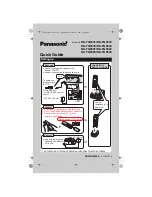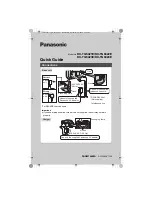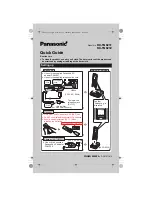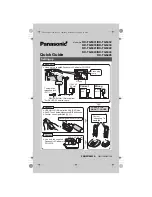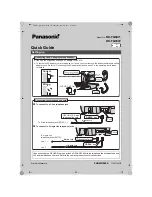
Operator's Manual
B-29
Tr
ouble
shooti
n
g
Due to the wide range of functions in your PBX, it is possible for operating errors to trigger
unwanted functions. You could, for example, punch in a wrong number when program-
ming using a telephone set. If you punch in a sequence of digits that the PBX doesn't know,
you will hear the engaged tone. Punching in a wrong digit, could also produce another valid
programming number that has a completely different effect to the one you want.
For this reason, you are strongly advised to carry out as much programming as possible
using your PC. If this is not possible and your PBX is in a fault status that you do not know
how to remedy, we would advise you to initialize individual functions (see Chapter Initiali-
zation on page I-75 in the Installation and Configuration Manual). Quick configuration of
individual extensions (see Chapter Setting Up Various Pieces of Equipment (Quick Con-
figuration) on page I-40 in the Installation and Configuration Manual) can also help to return
your PBX to a defined status.
Another possible source of errors is programming “by mistake”. If you want to make a local
call, for example, and forget to punch in the access digit 0 first, the PBX could interpret the
external calling number as a programming number. A good way to prevent this is provided
by the programming switch and the password that you have to enter first (unless the
external calling number matches the password).
While making a call, ensure that you do not call any functions that are invalid in the respec-
tive call status, e.g. punching in an abbreviated dialling number during an ongoing conver-
sation. If you want to call in an ongoing conversation a pulse dialling telephone with
abbreviated dialling number 134, the PBX detects from the first digit onwards that the func-
tion is not valid in this call status. The digit 1 is ignored. The system now evaluates the digits
3 and 4 and they result in extension 34 being called (this is a valid function from the ongoing
conversation).
In some cases, apparent faults in the telephone system are in fact due to disturbances to
the telephones (ringer deactivated or similar), a power failure or a disturbance to the NT.
Note that due to differing outgoing accesses of the extensions, querying or transferring
are sometimes not possible. If you have programmed an extension without outgoing access,
for example, and you want to transfer an external conversation there, you will hear the
engaged tone. The table below describes possible errors like this that can occur as well as
possible remedies for them.
If you have ruled out operating errors or external influences, we would advise you to carry
out an automatic firmware update (see Chapter Automatic Firmware Update on
page B-27). It may well be that the malfunctions that occurred in your case have already
been eliminated in a newer version of the software. The system of course retains your call
data, wake-up times and configurations. Only the operating software of your PBX is
updated.
2
Troubleshooting




























